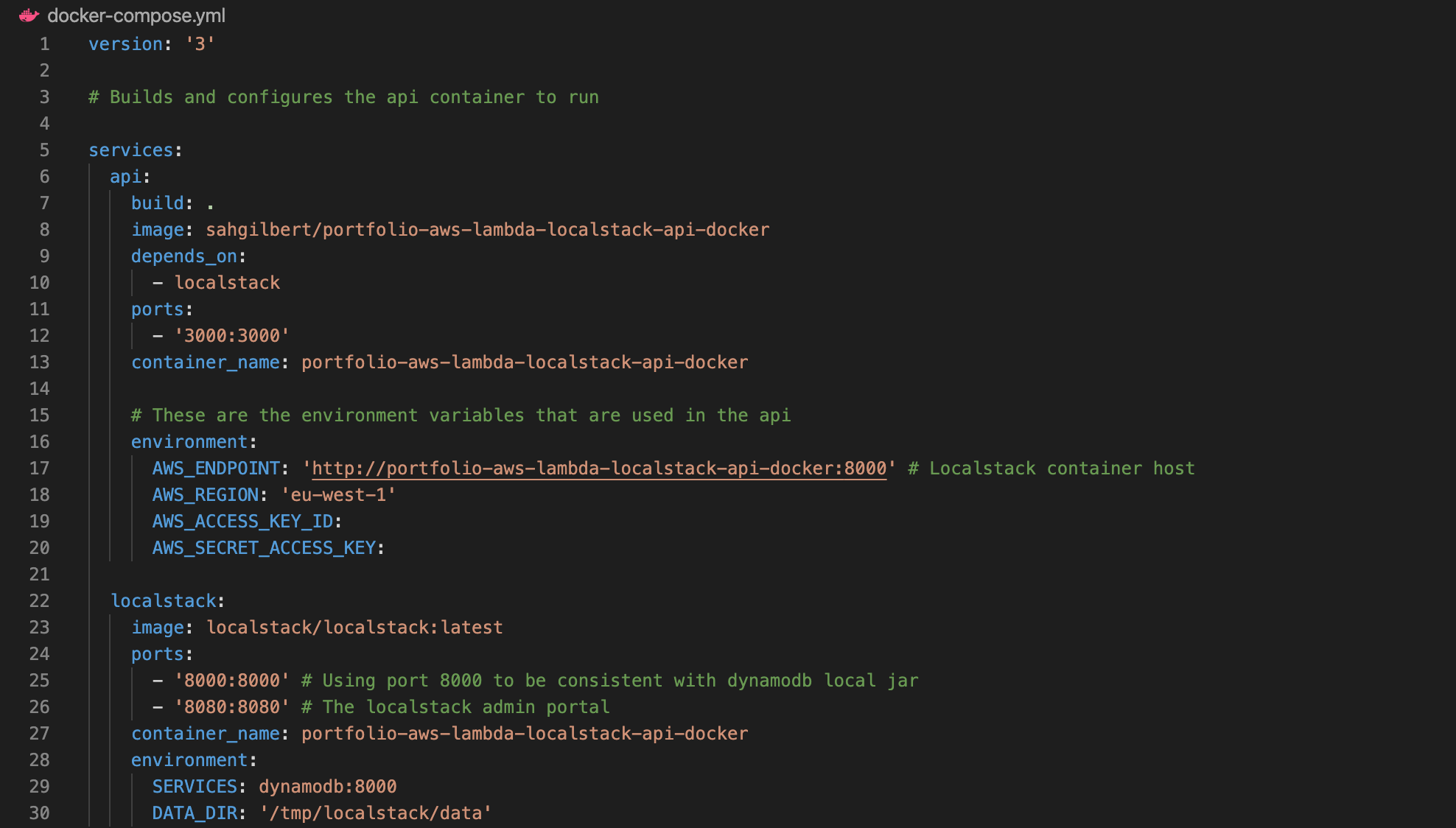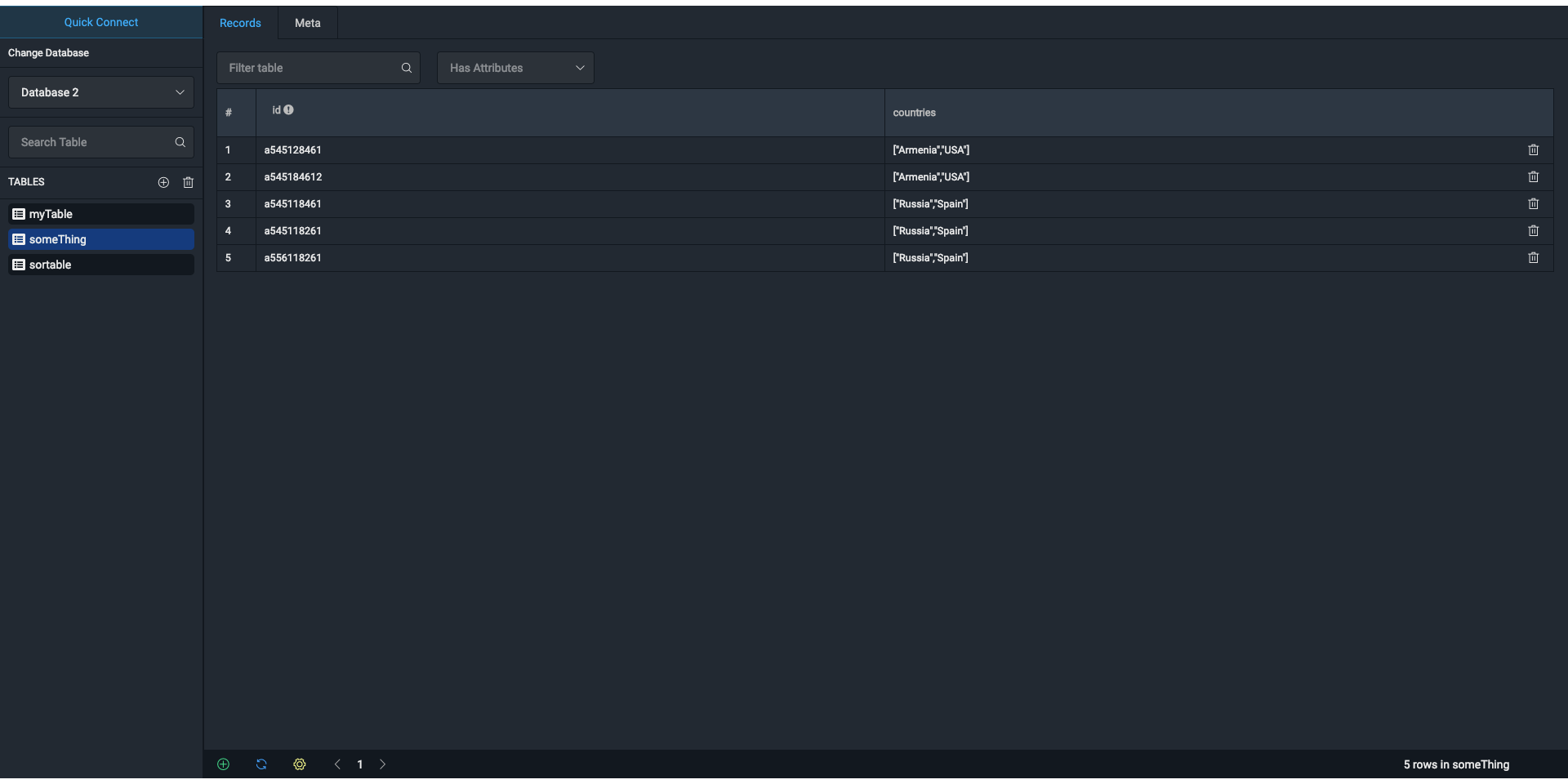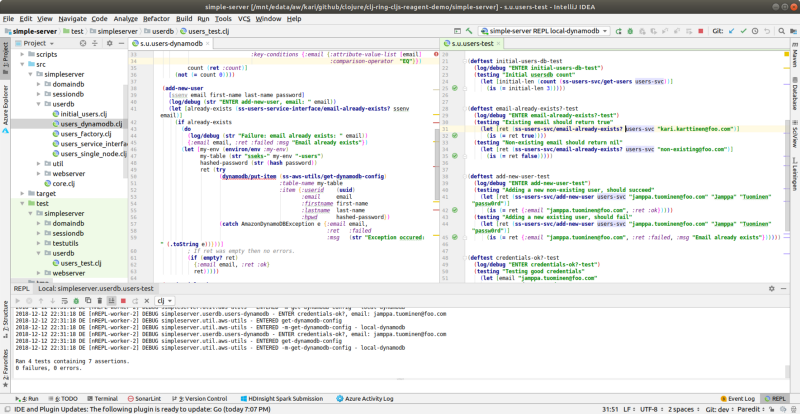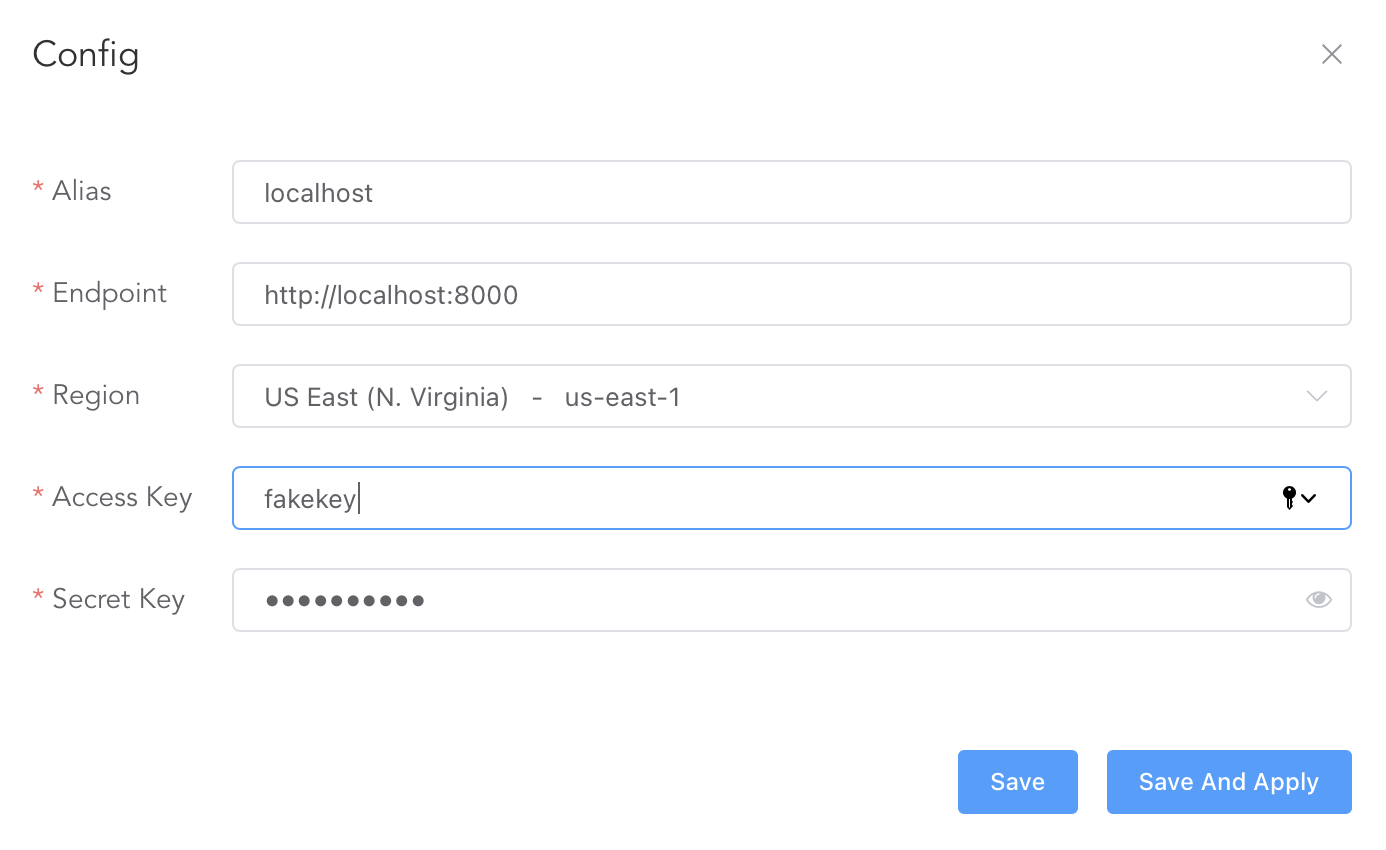
To back up the Products server at 11:00 P.M. To copy all files from the Documents folder to the MyDocs folder at midnight, type the following line, and then press ENTER: at 00:00 cmd /c copy C:\Documents\*.* C:\MyDocs If Task Scheduler is not displayed in the list, type the following line, and then press ENTER: net start "task scheduler"Īt the command prompt, type the following line (use the parameters that are appropriate to your situation), and then press ENTER: at \\computername time/interactive | /every: date. Create a scheduled taskĬlick Start, point to Programs, point to Accessories, and then click Command Prompt.Īt the command prompt, type the net start command, and then press ENTER to display a list of currently running services: When you use the at command, the scheduled task is run by using the credentials of the system account. If you omit this parameter, you are prompted to confirm the cancellation of a task. yes: Use this parameter to force a yes answer to all queries from the system when you cancel scheduled tasks. If you omit the id parameter, all scheduled tasks on the computer are canceled. delete: Use this parameter to cancel a scheduled task. Id: Use this parameter to specify the identification number that is assigned to a scheduled task. If the command is not an executable (.exe) file, you must precede the command with cmd /c, for example, cmd /c copy C:\*.* C:\temp. If the command is on a remote computer, use the Uniform Naming Convention (UNC) path name (\ ServerName\ ShareName). If the command requires a path as an argument, use the absolute path name (the entire path beginning with the drive letter). com file), or the batch program (.bat or.
#Command to start local dynamodb windows#
If you omit this parameter, the task is scheduled to run on the current day.Ĭommand: Use this parameter to specify the Windows 2000 command, the program (.exe or. Make sure that you use commas to separate multiple date entries. Specify date as one or more days of the week (use the following abbreviations: M,T,W,Th,F,S,Su) or one or more days of the month (use the numbers 1 through 31). : Use this parameter to schedule the task to run on the next occurrence of the day (for example, next Monday). If you omit this parameter, the task is scheduled to run on the current day. : Use this parameter to schedule the task to run on the specified day or days of the week or month, for example, every Friday or the eighth day of every month. interactive: Use this parameter to allow the task to interact with the desktop of the user who is logged on at the time the task runs.

For example, 0:00 represents midnight and 20:30 represents 8:30 P.M. Time is specified as hours: minutes based on the 24-hour clock. Time: Use this parameter to specify the time when the task is to run. If you omit this parameter, tasks are scheduled to run on the local computer.

\computername: Use this parameter to specify a remote computer. The following list describes the parameters that you can use with the at command:

commandĪt \\computername id/delete | /delete /yes The at command uses the following syntax:Īt \\computername time/interactive | /every: date. When you use the at command to create tasks, you must configure the tasks so that they run in the same user account. To use the at command, the Task Scheduler service must be running, and you must be logged on as a member of the local Administrators group.

You can also use this command to view existing scheduled tasks. You can use the at command to schedule a command, a script, or a program to run at a specified date and time. You can also use the at command to schedule tasks manually. In Windows 2000, you can use the Task Scheduler tool in Control Panel to schedule tasks. For more information, see the Microsoft Support Lifecycle Policy. Support for Windows 2000 ends on July 13, 2010.


 0 kommentar(er)
0 kommentar(er)
